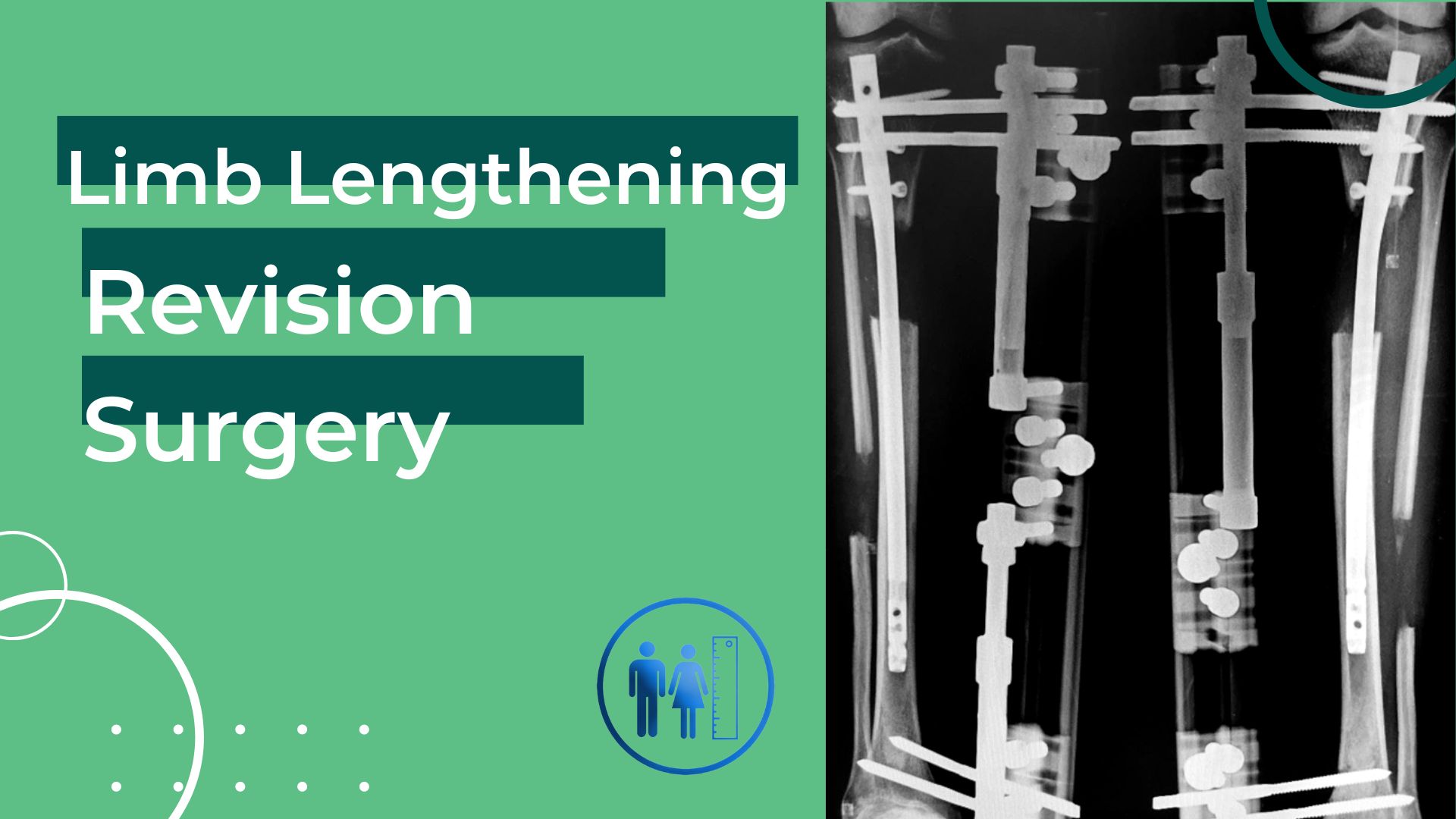
Live
Support AI
Things to Know About Limb Lengthening Surgery
Looking historically at limb lengthening surgery, it initially emerged out of certain medical needs but then continued to be performed also for aesthetic concerns, evolving as a surgical operation. Today, with the advancement of medical techniques and increased safety measures, limb lengthening surgery has become an accessible option for many people who wish to feel taller. However, the serious nature of the surgery and the recovery process can sometimes be overlooked by some individuals. In this article, we will cover what needs to be known about limb lengthening surgery, including preparation stages, the recovery process, costs, and insurance coverage.
If you are considering limb lengthening surgery due to a medical condition or for aesthetic reasons, we recommend that you continue reading our article to learn more about the process in detail and to also read our article titled When Should You Do Limb Lengthening Surgery?. Additionally, if you are interested in patient interviews about the surgery process or information from doctors, you can check out our YouTube channel.
Presurgery Period
Limb lengthening surgery is a serious medical operation both physically and psychologically, hence it's crucial to thoroughly evaluate the health condition of the patient before the surgery. This process requires the patient to successfully undergo all necessary health checks. During the initial examination, the surgeon performs a comprehensive evaluation to understand the patient's overall health. This assessment includes detailed blood tests, examination of chronic diseases, X-ray images, and various other tests. The results of these tests are vital in determining whether the patient is physically suitable for the surgery.
If the patient's health is deemed suitable for the surgery, the doctor provides detailed information about the surgery process, expected outcomes, and potential risks, ensuring the patient is well-informed. At this stage, all necessary information is provided to the patient to make an informed decision, leaving the final decision up to the patient.
However, just as important as physical fitness is the patient's psychological state. Therefore, when necessary, psychotherapy experts are consulted to assess whether the patient is psychologically prepared for the surgery. These experts evaluate whether the patient has the capacity to manage the psychological effects of the surgery and provide support if needed. This holistic approach aims to prepare the patient for the surgery in the best way possible, both physically and psychologically.
Postoperative Process
.jpg.webp) The recovery process after limb lengthening surgery is critical for all patients as it is the period when new bone forms in the gap left by the bone that was broken during the surgery. For this reason, it's crucial for patients to adhere to their treatment without interruption and be extra careful to prevent any damage to their legs.
The recovery process after limb lengthening surgery is critical for all patients as it is the period when new bone forms in the gap left by the bone that was broken during the surgery. For this reason, it's crucial for patients to adhere to their treatment without interruption and be extra careful to prevent any damage to their legs.
The first point we want to emphasize to patients considering this surgery is the importance of continuing physical therapy without interruption. This is because as the bones lengthen, the surrounding tissues - blood vessels, nerves, and muscles - also stretch. This stretching can cause pain and discomfort in patients. Moreover, neglecting physical therapy can prevent the legs from returning to their former condition and may lead to various complications. Therefore, physiotherapy sessions are conducted regularly to make the legs stronger and more flexible. In addition to physiotherapy, it is also very important for the patient's examinations and dressings to be done regularly.
Importance of Physiotherapy After Surgery
- Maintaining and Improving Muscle Flexibility: After surgery, the legs can feel short and tight. Physical therapy helps to maintain and increase muscle flexibility.
- Increasing Joint Mobility: Joint mobility may be limited after surgery. Physical therapy assists in achieving full range of motion in the joints.
- Promoting Proper Bone Fusion: Physical therapy encourages proper bone healing and reduces the risk of complications.
- Reducing Pain: Physical therapy techniques and practices can help manage post-surgical pain.
- Developing Functional Skills: Physical therapy aids individuals in performing daily activities such as walking and running more quickly and efficiently.
- Strengthening Muscles: Post-surgical leg muscles can weaken. Physical therapy helps in regaining muscle strength.
- Preventing Post-Surgical Complications: Physical therapy can aid in preventing potential post-surgical complications such as acute deep vein thrombosis.
Costs of Limb Lengthening Surgery
The prices of limb lengthening surgery vary depending on various factors. These factors include the country where the surgery is performed, the techniques and devices used, the surgeon's experience, and the quality of services provided by the hospital. Additionally, post-surgical physiotherapy sessions and other supportive treatments may also be included in the cost. Therefore, it is not accurate to provide a definitive price. If you want to get information about surgery costs, you can contact with our patient representatives.
You will be informed about the lengthening increase, lengthening process, the prices of the surgical methods, the difference of the methods, the risks of the surgery.




